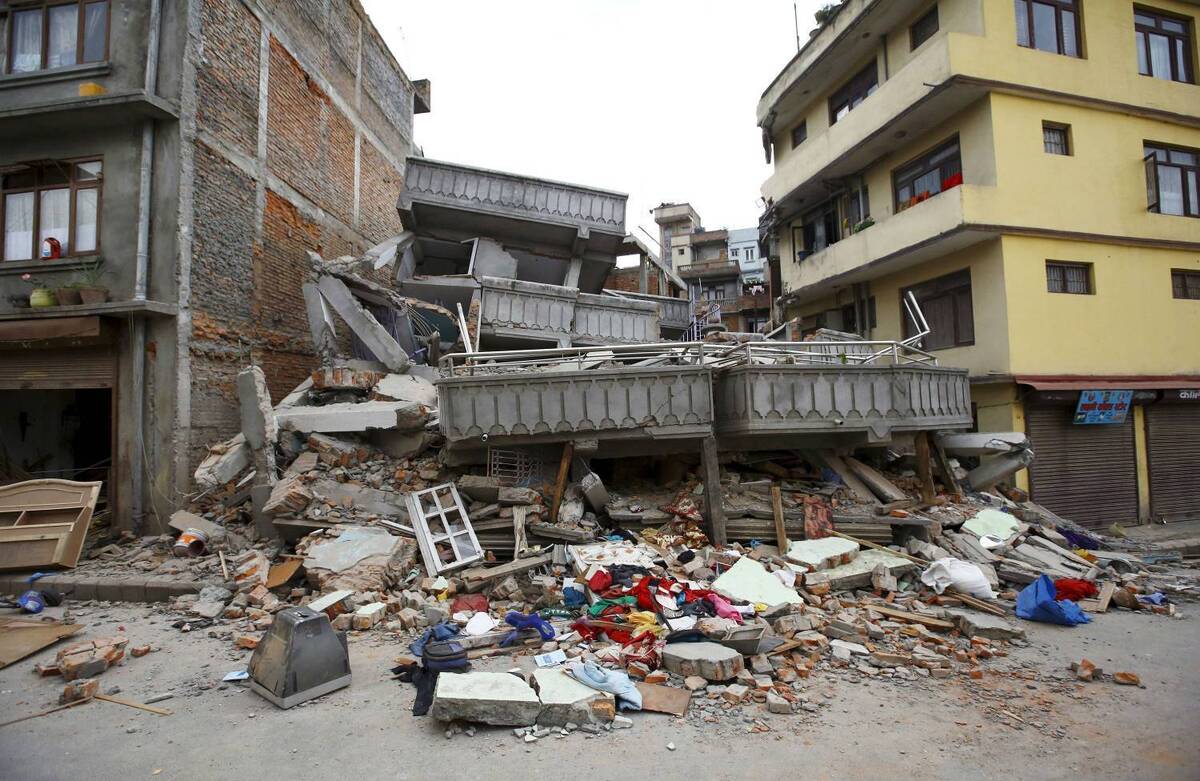Iranian Researchers Reach Formula for Checking Condition of Structures after Earthquake

"In the project, titled ‘determining the intensity index in the assessment of the risk of seismic collapse of structures by considering the aftershocks’, we managed to provide an assessment process by which the probability of the collapse of structures by aftershocks can be determined as a numerical value,” said Fatemeh Soleiman Meygouni, a PhD student at Amirkabir University of Technology.
“Considering that in quake-prone countries, including Iran, there is a need to check the condition of structures after an earthquake to determine whether they are habitable or not, in this project we achieved a formula that can be used to examine the condition of structures after an earthquake,” she added.
“By using the results of the project, we can minimize the loss of life and prevent the wastage of financial resources,” Soleiman Meygouni said, adding that among the features of this plan, mention can be made of applicability in investigating the situation of real buildings because the methods proposed by previous researchers did not provide such a possibility.
Iran experiences frequent seismic activity as it sits where two major tectonic plates meet.
The earthquakes have sometimes turned disastrous over the past years. In 2003, more than 26,000 people lost their lives following a major quake that ruined the ancient city of Bam in Eastern Iran. In 1990, a 7.4-magnitude quake in Northern Iran killed thousands of people.
At least two other significant quakes struck the country in 2005 and 2012, which killed a total of about 1,000 people.
4155/v





















